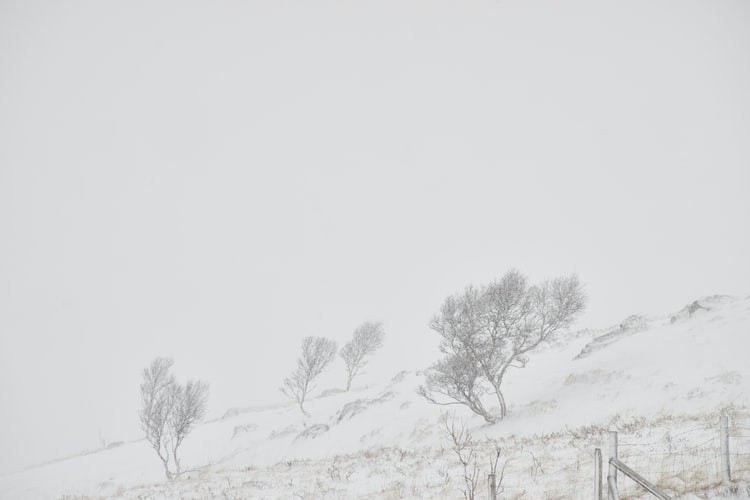The winter season seems to have brought quite a number of pretty intense snowstorms with it. A recent one covered the mountainous western regions with several feet of snow in a lot of areas.

Related Article: Snowmageddon: Polar Vortex Split May Result to Weeks of Intense Winter
In the West, it all has to do with the water supply, and much, if not most, of that water, comes from the snow water equivalent (SWE) or the melted snow from the snowpack.
According to the USDA Natural Resources Conservation Service (NRCS), "50 to 80 percent of the water supply in the western United States comes from the snowpack."
Think about that - water for drinking, bathing, and all your household chores. That same water supply is also crucial for agriculture, recreation, flood management, and power generation.
Utility companies need to know how much of their electricity generation will come from hydropower. Agricultural interests need this information to plan for crop planting patterns, groundwater pumping needs, and irrigation schedules.
Places way up in Sierra's mountains through the Cascades, Wasatch, and the Rockies are extremely challenging to get to, even in the summer season.
When there may be as much as 20 to 25 feet of snow on the ground in winter, and full-blown blizzards may be raging, it is impossible to reach these spots to measure snow.
Given the tough situation, how do they measure it?
SNOTEL
The data are gathered via the Snow Telemetry (SNOTEL) network. This automated data collection network started in 1977, designed to collect information on the snowpack and other climate data across the western U.S. and Alaska.
At last count, there were over 800 stations in the network, all located in those remote, high-elevation mountain watersheds that are not only tough to get to but can be dangerous due to the threat of avalanches.
The equipment is designed to gather and transmit its data automatically, powered by only solar cells and batteries, without someone coming up to maintain them for up to a year.
Snow Pillow
A snow pillow is a device for measuring snowpack, especially for automated reporting stations such as SNOTEL.
The snow pillow measures the water equivalent of the snowpack based on hydrostatic pressure created by overlying snow. Any discrepancy due to bridging is minimized by the pillow's large dimension, typically 9 square meters (11 sq yd).
Another application for snow pillows is to estimate the snow weight on a roof to warn of the potential for roof collapse.
Snow pillows were developed in the early 1960s.
Importance of Measuring Devices
With these measurements, authorities get to learn how much snow is in remote areas from the most recent winter storm. They can also regularly monitor the amount of water in that snowpack across large areas.
Those measurements will help water managers plan for the dry season that begins in the spring and lasts through much of the West's summer.
Knowing the snowpack state can also help avalanche forecasters assess the potential dangers from that snowfall record.
It's all due to an excellent network of remote equipment that keeps working every day to provide daily information on the state of the winter in some of the most remote locations across the nation.
ALSO READ: New Study Revealed: Earth is Losing Ice Faster than Anyone Anticipated
For more environmental news updates, don't forget to follow Nature World News!
© 2025 NatureWorldNews.com All rights reserved. Do not reproduce without permission.





